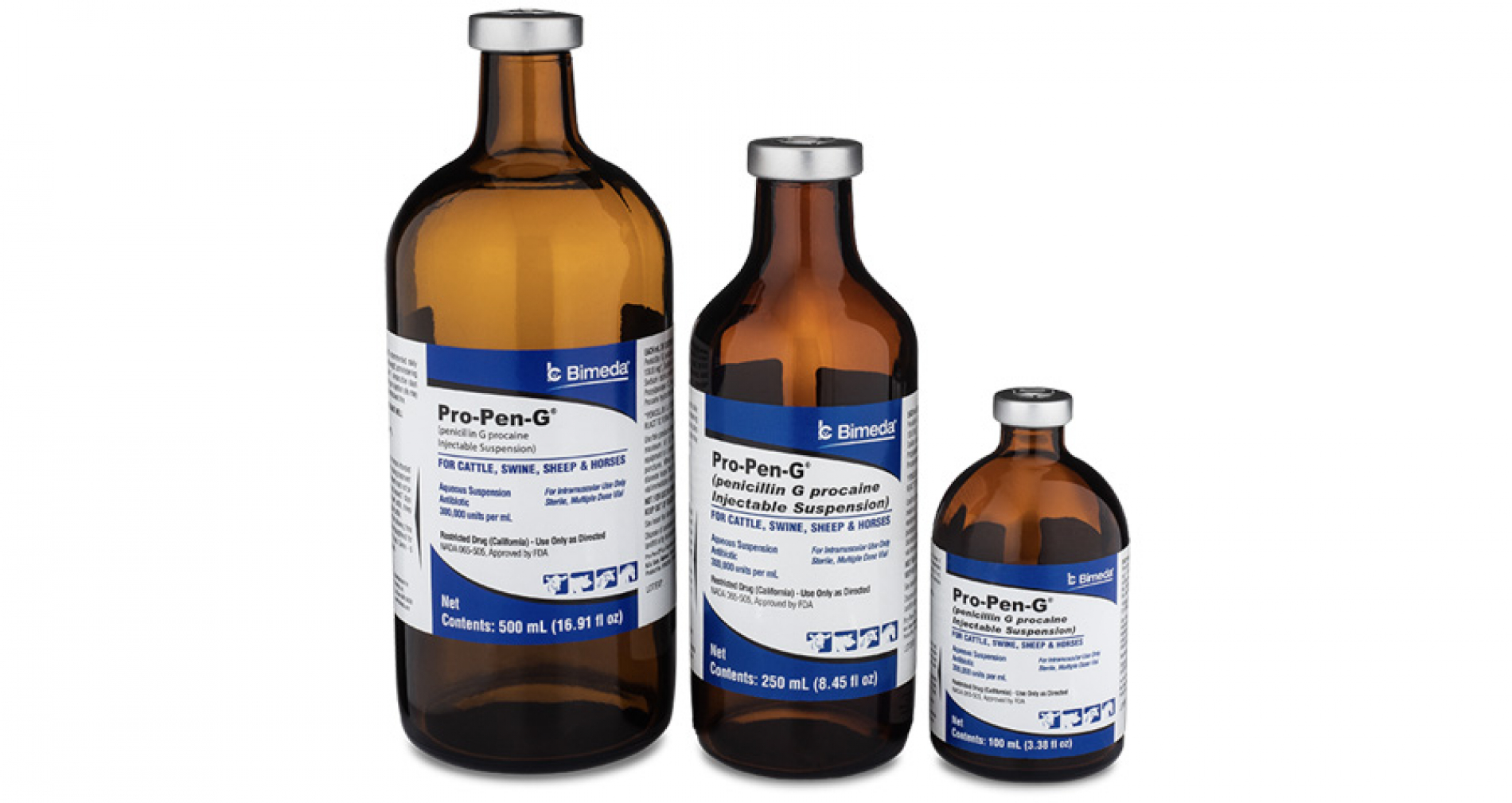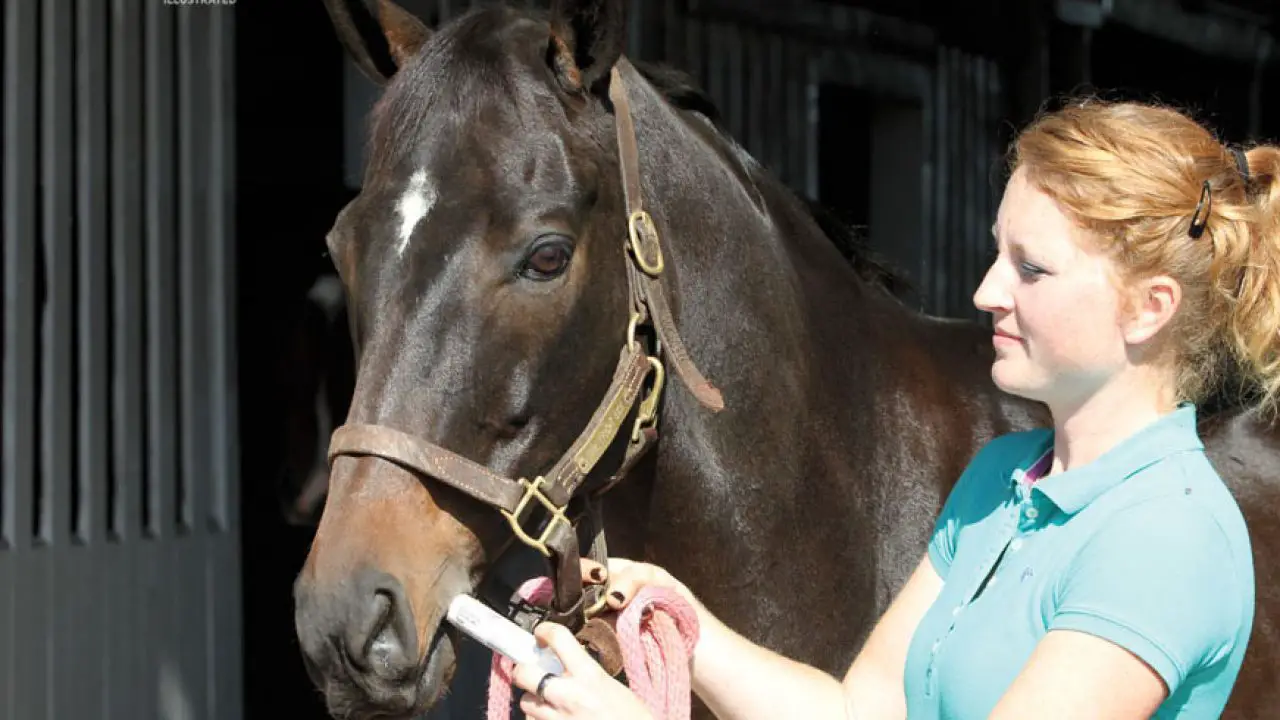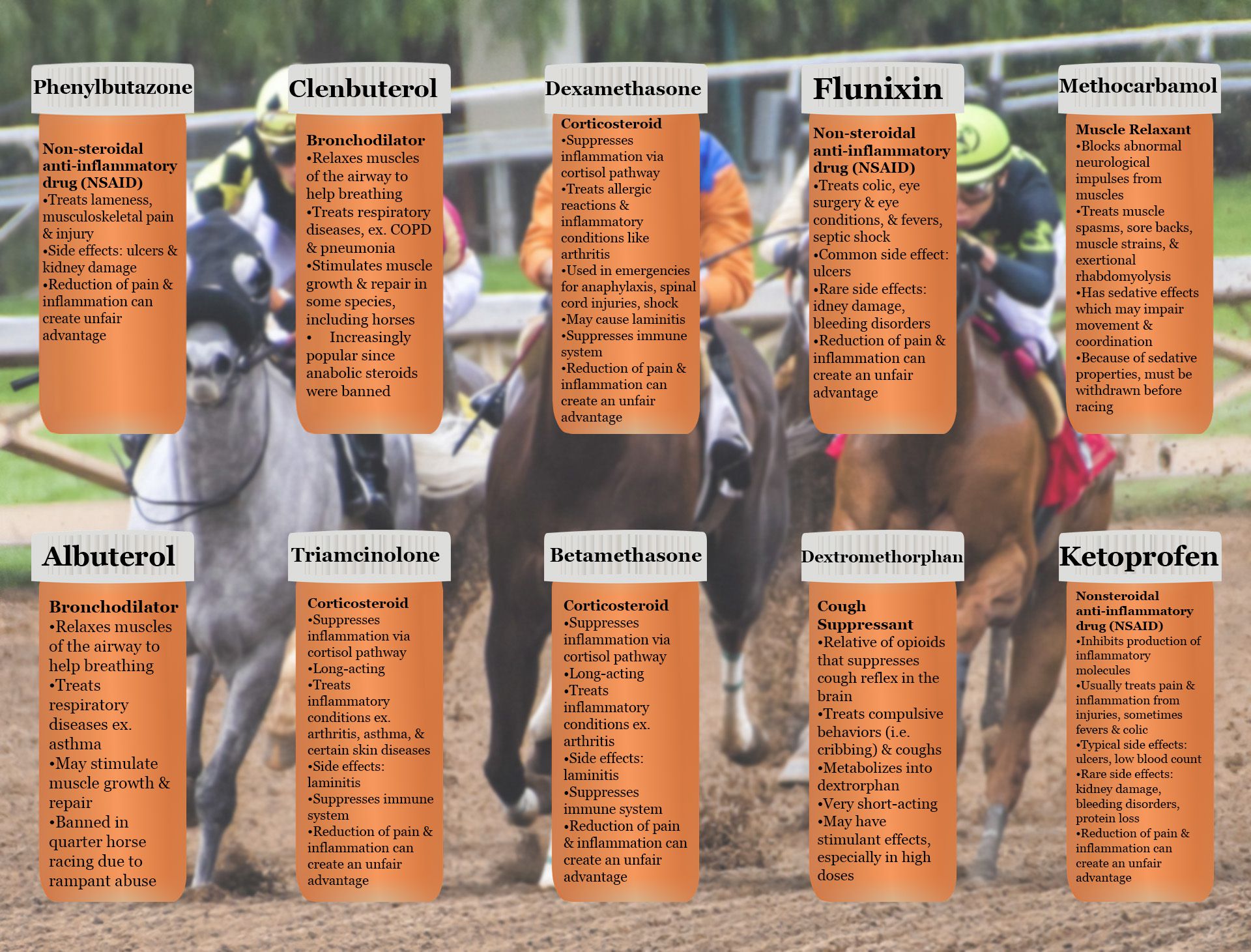As a horse owner or caretaker, it’s essential to be knowledgeable about the appropriate use of medications for your equine companion. Penicillin is a commonly used antibiotic in veterinary medicine, and knowing how much to administer to a horse is crucial for their well-being. In this article, we will delve into the considerations, dosage, and administration of penicillin for horses, providing you with the information needed to ensure the safe and effective use of this medication.
Understanding Penicillin and Its Uses in Horses

Penicillin is a broad-spectrum antibiotic that belongs to the beta-lactam group of antibiotics. It is effective against a wide range of bacteria and is commonly used in horses to treat various infections, including respiratory, skin, and soft tissue infections. When administered correctly, penicillin can help horses recover from bacterial illnesses and prevent the spread of infections within a herd.
Types of Penicillin for Horses
There are different formulations of penicillin available for equine use, including procaine penicillin G, benzathine penicillin, and potassium penicillin. Each formulation has its unique characteristics, such as duration of action and recommended dosage intervals. It’s important to consult with a veterinarian to determine the most suitable type of penicillin for your horse’s specific condition.
Considerations for Administering Penicillin to Horses
Before administering penicillin to a horse, it’s crucial to consider several factors, including the horse’s weight, the severity of the infection, and any potential allergies or sensitivities to the medication. Additionally, the route of administration, such as intramuscular or intravenous, should be carefully evaluated to ensure the safe and effective delivery of the medication.
Determining the Correct Dosage

Weight-Based Dosage Calculation
The dosage of penicillin for horses is typically determined based on the horse’s body weight. A common recommendation is to administer 22,000 international units (IU) of penicillin per pound of body weight. However, it’s important to note that this dosage may vary depending on the specific formulation of penicillin being used and the severity of the infection. Consulting with a veterinarian is essential for accurately calculating the appropriate dosage for your horse.
Adjusting Dosage for Foals and Ponies
Foals and ponies may require adjusted dosages of penicillin due to their smaller body size. The dosage for these smaller equines should be calculated based on their weight, and it’s crucial to follow veterinary guidelines to ensure the proper administration of the medication.
Administration and Monitoring

Route of Administration
Penicillin can be administered to horses via intramuscular or intravenous injection. The chosen route of administration may depend on the specific formulation of penicillin and the veterinarian’s recommendation. Proper injection technique and site selection are essential to minimize discomfort and the risk of adverse reactions.
Monitoring for Adverse Reactions
After administering penicillin, it’s important to monitor the horse for any potential adverse reactions, such as swelling at the injection site, signs of allergic reactions, or changes in behavior. If any concerning symptoms arise, it’s crucial to seek veterinary assistance promptly.
Duration of Treatment and Follow-Up

The duration of penicillin treatment for horses varies depending on the nature and severity of the infection. It’s essential to complete the full course of medication as prescribed by the veterinarian, even if the horse’s condition appears to improve before the treatment is finished. Follow-up evaluations with the veterinarian may be necessary to ensure the effectiveness of the treatment and to monitor the horse’s recovery progress.
Precautions and Considerations

Consulting with a Veterinarian
Before administering penicillin or any medication to a horse, it’s imperative to seek professional guidance from a qualified veterinarian. They can provide personalized recommendations based on the horse’s health status, medical history, and the specific infection being treated.
Storage and Handling
Proper storage and handling of penicillin are essential to maintain its efficacy. It should be stored according to the manufacturer’s guidelines, away from direct sunlight and at the appropriate temperature. Additionally, following proper aseptic techniques during administration can help prevent contamination and ensure the medication’s effectiveness.
Adhering to Withdrawal Periods
For horses intended for human consumption, it’s crucial to adhere to withdrawal periods, which specify the amount of time that must pass after the last administration of penicillin before the horse can be slaughtered for consumption. This is essential to prevent the presence of residual antibiotics in meat products.
If you’re curious about administering medication to horses, especially regarding Penicillin, you might find our articles on Banamine dosage for horses and Dex dosage for horses fascinating. And if you’re also interested in oral sedation for horses, our piece on Acepromazine dosage for horses could provide valuable insights.
Conclusion

Administering penicillin to horses requires careful consideration of dosage, administration techniques, and monitoring for potential adverse reactions. By working closely with a veterinarian and following their guidance, horse owners and caretakers can ensure the safe and effective use of penicillin for treating bacterial infections in equines. Understanding the nuances of penicillin administration in horses is crucial for maintaining their health and well-being, and it’s a responsibility that should be undertaken with diligence and care.



